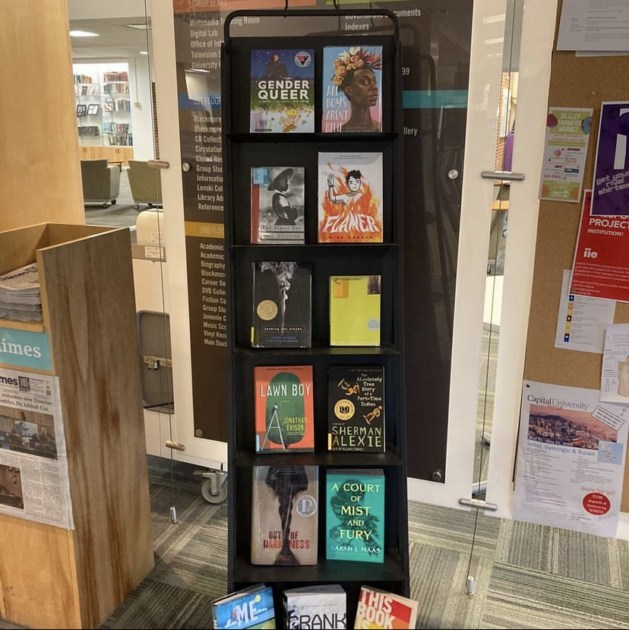The banning of books is by no means a recent invention, but, following the turn of the decade, the number of book bans has increased.
According to the American Library Association (ALA), there were 1,269 documented attempts to censor library books and resources in 2022, covering over 2,500 unique titles, double the number from the year prior.
Alarmingly, this trend shows little signs of stopping. Based on data gathered from January through August of this year, there have been 531 attempts to censor what amounts to nearly 4,000 total books, an increase of 20%.

There are people who will find the content of certain books objectionable, which is only natural. People have the right to object to material they find offensive. The issue is when someone, upon finding a book or some other material objectionable, decides no one should be able to access it.
I wholly believe that action taken to censor and remove books from any library or classroom goes against the right to freedom of speech given in the U.S. Constitution, and to the purpose of libraries as a whole. Libraries are inherently neutral areas, acting as places of conversation, filled with books containing all sorts of ideas and worldviews, and one cannot–or rather should not–expect that they will agree with every single item.
To challenge or remove books is to position one’s worldview as superior to all others, preventing one from learning new ideas or engaging with views outside of their own.
“It’s really the philosophy of the library profession that free people should read freely and that there’s a power in being able to select what you want to read,” said Dr. Carla Hayden, head of the library of Congress, in an interview with “Smithsonian Magazine.” “And sometimes it’s essential to be able to have access to different topics, different points of views. And so we really believe strongly that people should have access as much as possible to materials that can help them in life to understand themselves and to understand others.”

The saddening part is that the books being challenged are not challenged willy-nilly. There is real, stone-minded intent in deciding that some books should not be allowed to be read, period. The vast majority of challenged books are written by or for people of color or deal with LGBTQ+ themes. Notable examples include the graphic novel “Gender Queer” and the novel “The Bluest Eye;” however, there are all too many more.
In addition, the language behind these challenges serves to further heighten the sense of irrationality. Typical reasoning for these proposed book bans more often than not includes the phrase “sexually explicit” or “indecent,” which vastly overcomplicates the situation. Obviously, there will be books that deal with sexuality in some way, or drugs or nearly every aspect of the human condition. Again, we see natural disagreement devolve into a moral smackdown. And yet nearly 60% of the books under attack are young adult fiction.
I believe that any book deserves to be on a library’s shelves, even if it does provoke controversy. A book that challenges our own views is not saying that we must change, or that we must believe it is true, only that we take the time to listen to what it has to say.
There is also legal precedent for acting against the banning of books. Island Trees School District v. Pico was a 1982 Supreme Court case in which a group of high school students from a school district in New York challenged the removal of nine books–among them “Slaughterhouse-Five” and “Black Boy”–by a committee formed by parents and school staff, a committee which had declared the books to be “anti-American, anti-Christian, anti-Sem[i]tic, and just plain filthy.” In the end, it was decided that the removal of the books was unconstitutional.
The affirming opinion, drafted by then-Justice Brennan, states that the First Amendment protects not only the right to express ideas but also the right to receive them. The First Amendment, therefore, included the student’s right to read library books of their choosing.
Ultimately, regardless of our religion, our personal ideologies, our biases and worldviews, we must allow books to remain accessible to anyone who desires to read them. We cannot allow for this suppression of ideas to continue.

